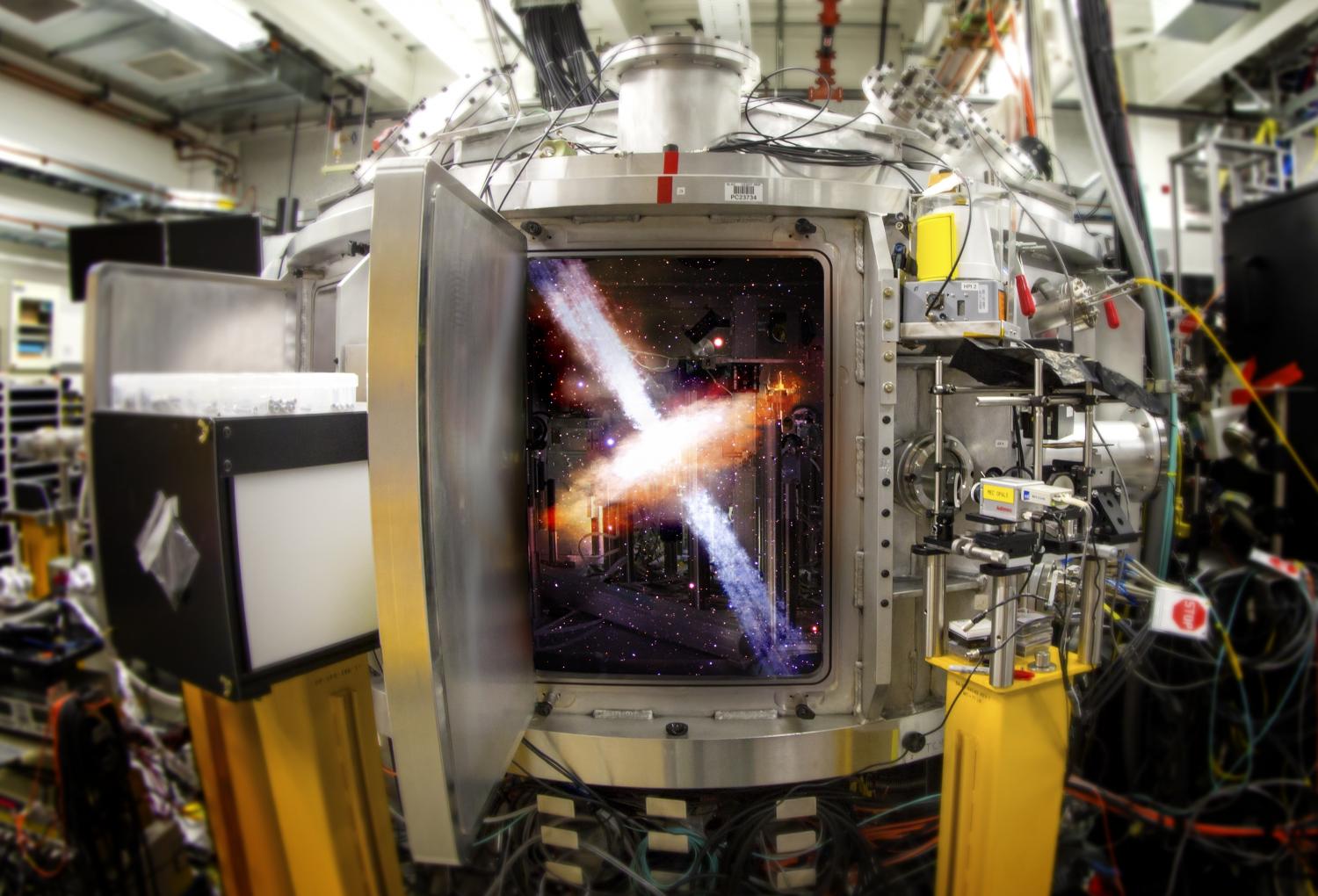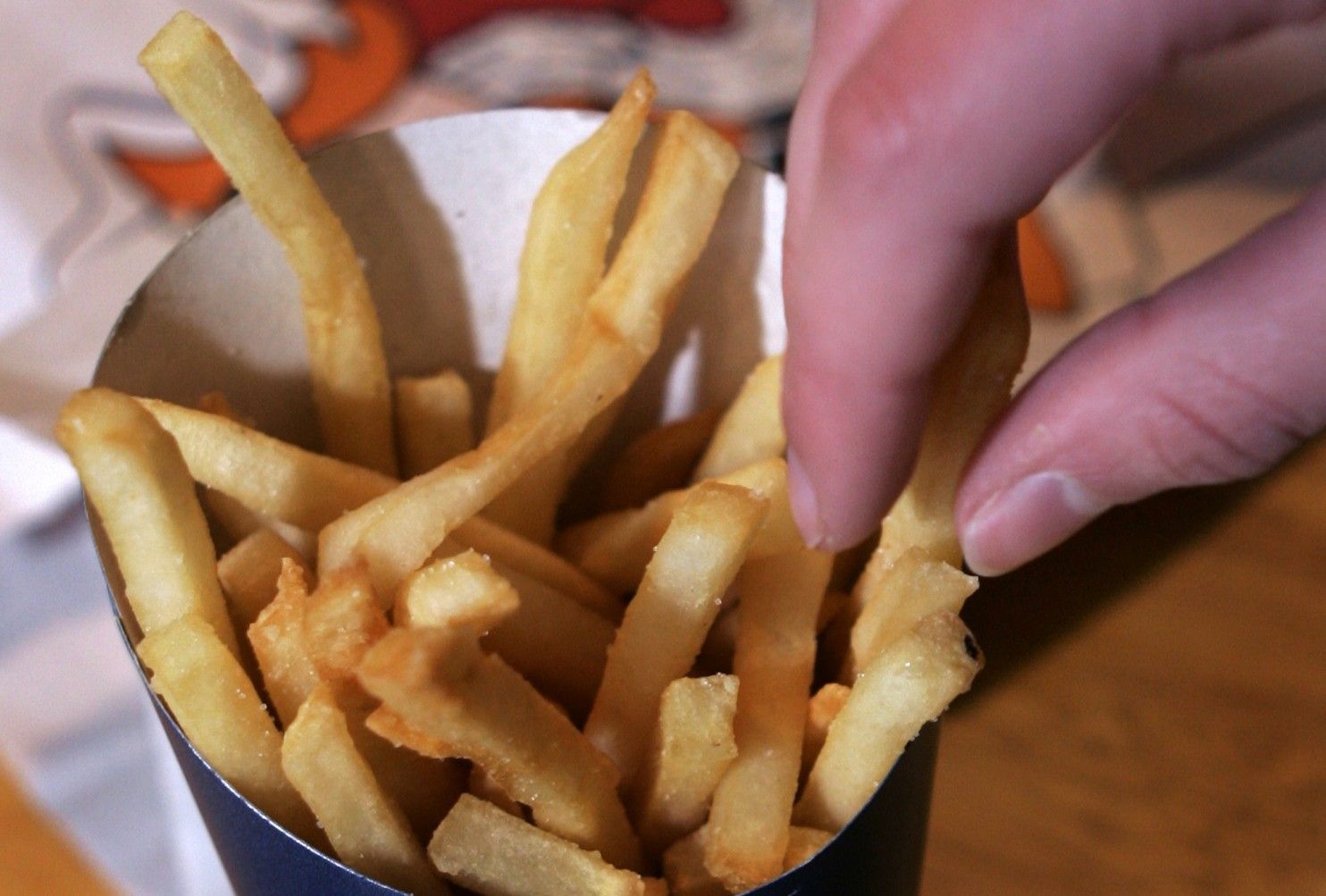Apr 16, 2016
New Remarkably Thin E-Skin Turns Your Body Into a Walking Display
Posted by Klaus Baldauf in categories: electronics, wearables
University of Tokyo researchers have created an ultrathin and ultraflexible organic e-skin that supports PLED and OLED displays.
Researchers from the University of Tokyo have created a protective layer of organic material that’s ultrathin and ultraflexible. And the have demonstrated the material’s usefulness by making an OLED display that’s air-stable. This opens the possibility of developing better electronic skin displays, the next major leap in wearable technology.
Continue reading “New Remarkably Thin E-Skin Turns Your Body Into a Walking Display” »


















